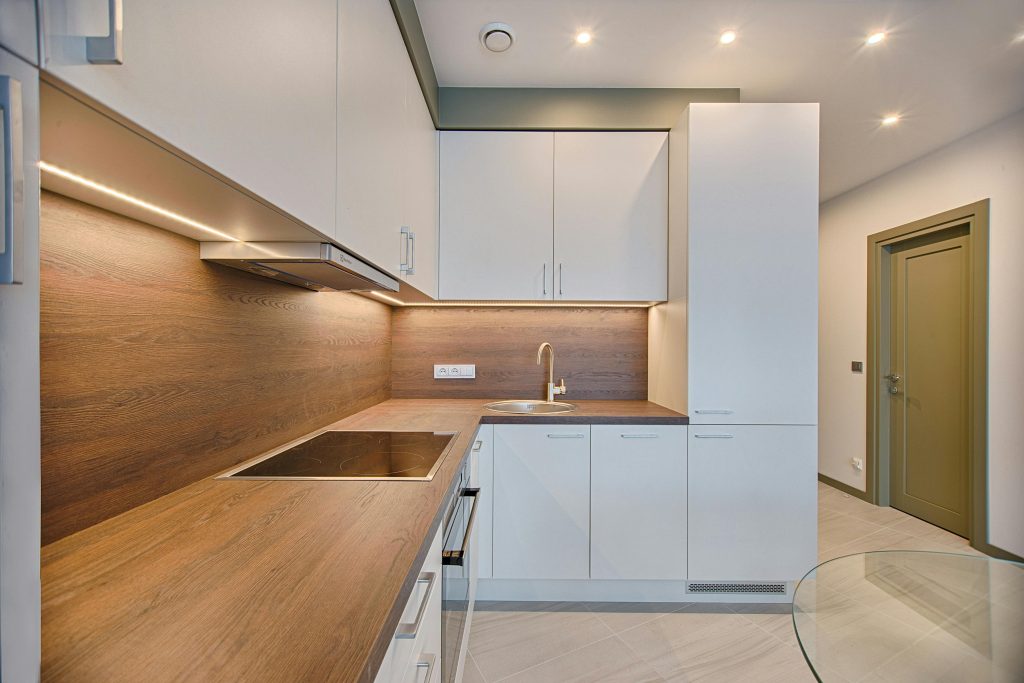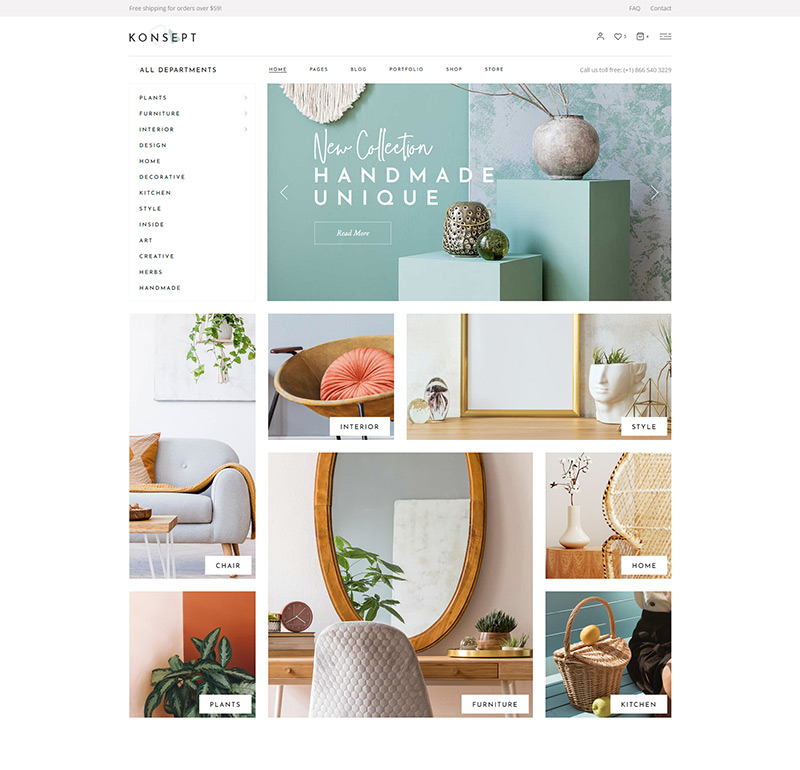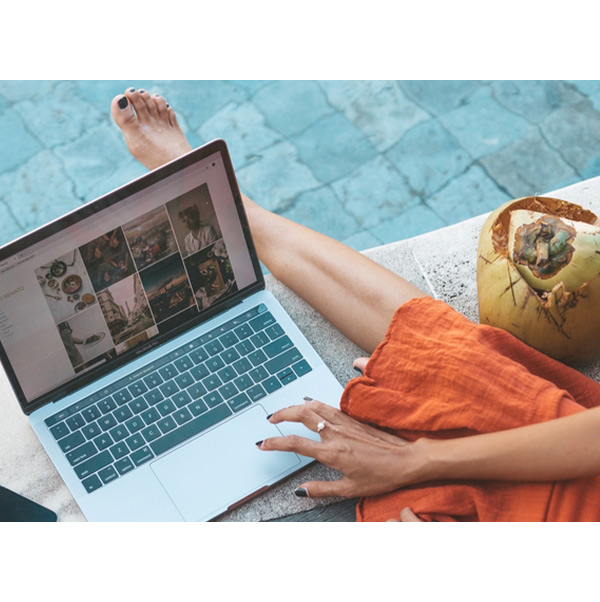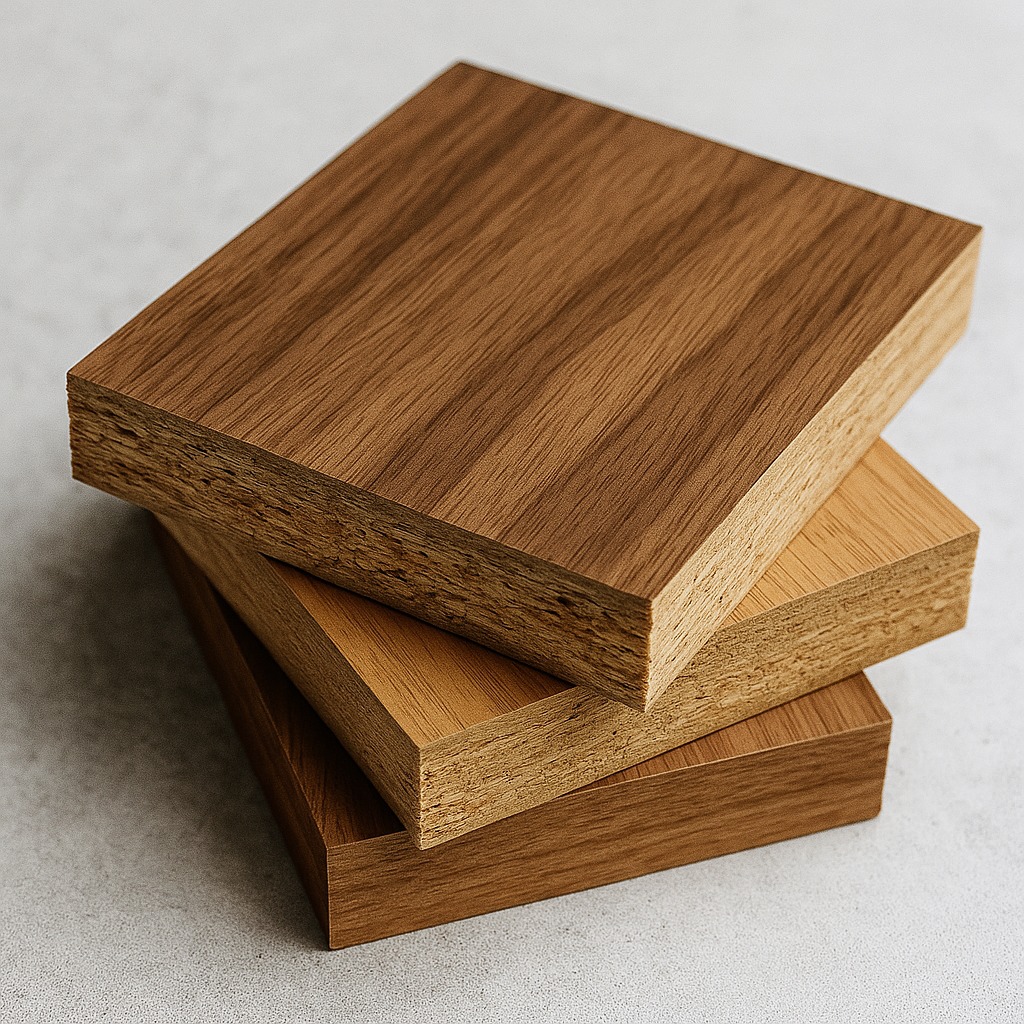
Classico
Range of Pre-Laminated Particle Board
Introducing CLASSICO, our premium Pre-Laminated Particle Boards at Woodology. Crafted with precision from wood particles and resin binders, these boards boast unparalleled durability and aesthetics. Featuring exceptional moisture resistance, effortless machining, and enduring quality, CLASSICO redefines standards in both style and functionality. Immerse yourself in the epitome of excellence, exclusively tailored for your most inspiring projects.
PROPERTIES

Durability
Ensures quality, strength, wear resistance, and longevity.

Moisture Resistance
Ensures moisture and humidity resistant, warp-free boards.

Versatility
Offers diverse finishes, thicknesses, textures, and patterns.

Cost- Effectiveness
Offers a cost-effective alternative to solid wood and other composites.

Ease of Machining
Easy to cut, drill, and shape, facilitating seamless fabrication.
Applications

Interior Design

Flooring

Retail Fixtures

Furniture
Comparison Between MDF & Plywood Boards
| ATTRIBUTES | MDF | PLYWOOD |
| Consistent Density | MDF’s even density throughout the board ensures consistent strength, eliminating weak spots or knots found in Plywood. | Plywood’s cross-laminated layers may lead to slight variations in density, potentially affecting performance in specific applications. |
| Smooth Surface | MDF boards offer a flawless and uniform surface, perfect for laminations, veneers, and painting, resulting in a seamless and polished finish. | Plywood’s natural wood grain appearance may not be as smooth, requiring additional preparation for a refined surface. |
| No Warping | MDF is less prone to warping or shrinking, making it reliable for large-scale projects and applications in humid environments. | Plywood may be more susceptible to warping if not appropriately treated for water resistance. |
| Cost-Effectivene | MDF is generally more affordable than Plywood, providing a cost-effective solution without compromising on quality. | Plywood’s cost can vary depending on the wood veneer used, making it potentially more expensive in some cases. |
| Environmental Impact | MDF is often made from recycled wood fibers, contributing to sustainability and eco-friendly practices. | While Plywood can be sourced sustainably, MDF’s recycled content enhances its environmental advantages. |
| Interior Applications | MDF’s smooth surface, consistency, and absence of voids or knots make it an excellent choice for interior applications like cabinetry and furniture. | Plywood’s strengths are better suited for structural and outdoor projects, making it more suitable for exterior use. |
| Composition | (MDF) is made of very fine wood fibers that are glued and compressed under great pressure | Plywood is made of thin sheets of wood that are laminated in alternating directions |
| Strength | Offers medium rigidity | Good at providing rigidity for structures |
| Screw holding capacity | Highly compressed, thus holds screws firmly | Stronger cross-grain pattern, that allows strong grip to screws and nails |
| Usage | MDF can be used for wardrobes, doors, media units, bunk beds, kitchen cabinets, shelving units,etc. | They absorb moisture easily, thus plywood is not fit for exterior usage |
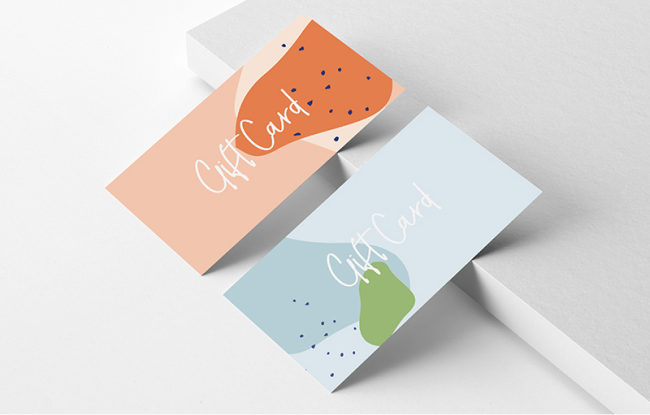
Design & Shade catalogue
